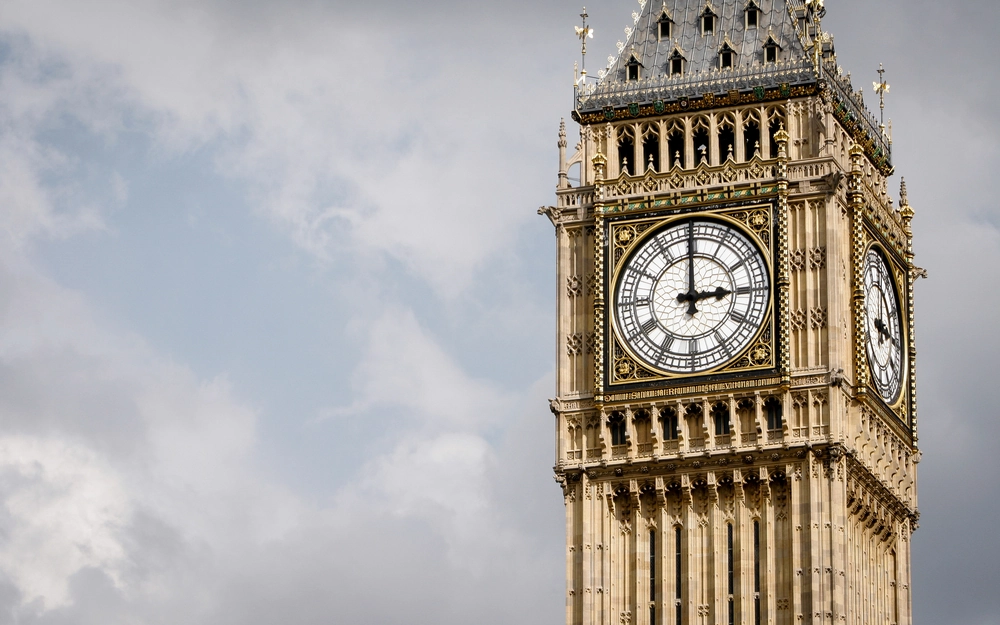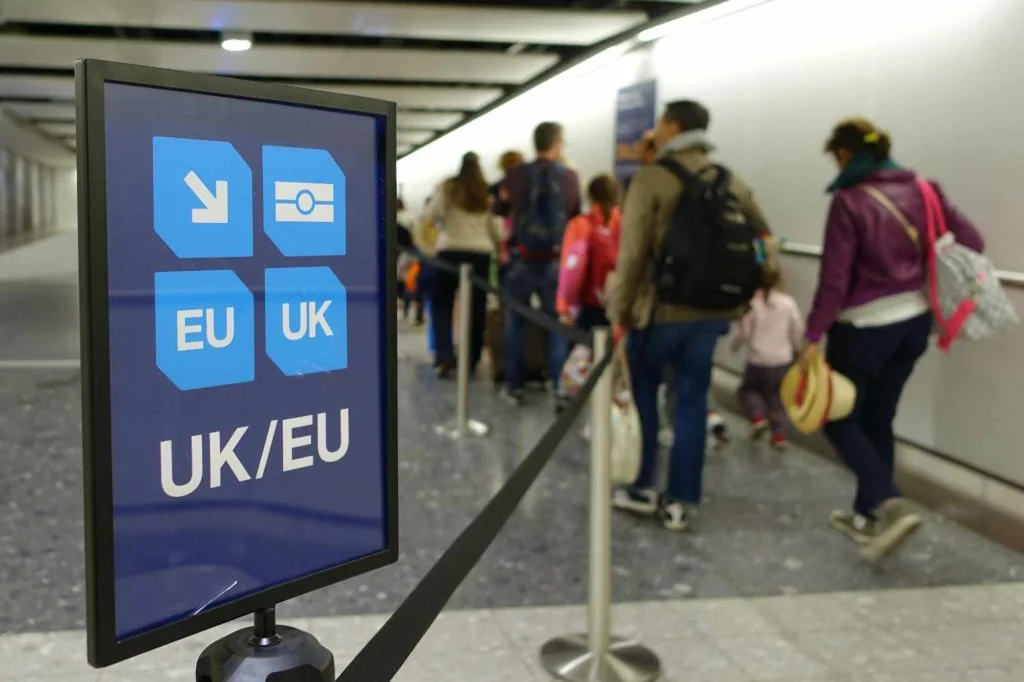
CJRS portal open: Final update to the Coronavirus Job Retention Scheme

By Karen Bates
20 Apr 2020 | 7 minute readThe CJRS claim portal is now open through the government gateway. The Chief Executive of HMRC stated this morning that the portal is able to cope with a high level of traffic and that claims will be paid six days after submission.
We were still waiting for detail on several points from the Treasury and as is becoming traditional, the Government released further amendments to the guidance on the CJRS scheme as the weekend was due to commence.
We have summarised the headline points that this latest bumper update covers, including whether or not you need explicit written agreement from furloughed employees, annual leave and how to calculate the 80%.
What has changed in the Employer CJRS Gov.uk guidance?
The CJRS has been extended by one month to the end of June.
Just that. Hardly the sort of long-term planning information most businesses would hope for but at least a welcome short delay for those employers with large number of employees currently furloughed and who are trying to plan what happens next.
The written agreement point has been cleared up (to some extent).
There was widespread alarm when the Treasury issued its guidance to HMRC which seemed to suggest that much more was required from employees in terms of explicit written agreement than any of the government guidance had previously and contemporaneously suggested.
The Treasury guidance suggested that employers needed to have "agreed in writing (which may be in an electronic form such as an email) that the employee will cease all work in relation to their employment", while the Gov.uk guidance only ever required employers to have notified employees in writing that they had been furloughed.
Many large employers who were furloughing huge numbers of staff had, in accordance with the Gov.uk guidance which had hitherto been consistent on the point, sought agreement by way of unilateral imposition of furlough (effectively securing agreement by lack of objection and compliance with the furlough terms) and had only ever therefore notified employees in writing that they were furloughed. It was unclear if the lack of "written agreement" therefore would undermine their claims under the CJRS.
Gov.uk has been updated today to read as follows (wording in bold indicating the new wording):
"To be eligible for the grant employers must confirm in writing to their employee confirming that they have been furloughed. If this is done in a way that is consistent with employment law, that consent is valid for the purposes of claiming the CJRS. There needs to be a written record, but the employee does not have to provide a written response. A record of this communication must be kept for five years."
Gov.uk
Our view is that, where employers have furloughed staff with a unilateral imposition letter which makes it clear that they will be furloughed unless they object (so that silence is deemed acceptance), this should be enough to satisfy valid consent for the purposes of both employment law and claiming under the CJRS. This is very much a preliminary general view given this evolving area.
Clarification on the need to keep records and calculations made in respect of CJRS claims.
New wording has been added into the guidance to make it clear that employers will need to retain all records and calculations in respect of their claims, including the amount claimed for each furloughed employee and the period for which each employee is furloughed and claimed for.
Amended wording in respect of furloughing those who stopped working for you after 28 February.
New wording has been added into the guidance to make it clear that, where you re-employ those who stopped working for you after 28 February and place them on furlough leave, you can only claim their wages "from the date on which you furloughed them through the scheme". We think this means that you cannot back date the claim for this group to the date on which they left your employment – you must claim the wages from the point at which you re-employed and immediately furloughed them.
Amended wording in respect of those on fixed term contracts.
New wording has been added into the guidance to make it clear that fixed term contracts can be renewed or extended in order to be furloughed as long as that was before the fixed term concluded. If the fixed term ended on or before 19 March 2020, they will not qualify for the scheme. Which is at odds with that group who stopped working for an employer after 28 February 2020.
Clarification on annual leave whilst on furlough
The Government has also (finally) addressed the issue of taking annual leave whilst on furlough. The identical guidance on this appears in both the Employee CJRS Gov.uk guidance and the guidance on how to calculate 80% of wages (see below).
This confirms that:
- As expected, all furloughed employees will continue to accrue annual leave.
- As expected, employees can take annual leave whilst furloughed (which would include bank holidays where these are usually taken as annual leave) – but will need to be 100% of normal pay for any period of annual leave (i.e. the pay an employee/worker would usually get under the Working Time Regulations which relates to normal working hours and pay and not reflecting the furlough rate of pay). There is some confusing wording about this meaning employers will be obliged to pay the additional 20% over the CJRS grant, but we think this overlooks the fact that the monthly cap means that some furloughed employees will not be getting 80% of normal pay whilst furloughed.
- We also think that this guidance means employers plainly can require an employee to take annual leave whilst furloughed – it is certainly not ruled out and the Working Time Regulations allow for an employer to give notice to an employee to take annual leave and, given it is no plain employees can take annual leave during furlough, we cannot see why this would not be the case.
- You can agree to reduce holiday pay entitlement as part of the agreement to furlough – we understand this to mean that, since it is a matter of contractual benefit only, you can reduce pay for contractual holiday which is awarded over and above the statutory minimum of 5.6 weeks/28 days per year (or pro rata).
- The Government is keeping the policy on holiday pay during furlough under review – a frankly unnerving end to some otherwise helpful clarification.
New guidance on how to calculate relevant wages for a CJRS claim.
The Government has also issued, separated off from the main employer guidance, the detailed guidance about how to calculate relevant wages for the purposes of a claim under the CJRS.
There is more detail provided in this note to assist with the calculation, including where you are not claiming for one month (and therefore need to multiply daily/weekly maximums which it provides the figures for), and how to work out employer national insurance and pension contributions that you can claim for.
This guidance does indicate that a calculator will also be available from 20 April 2020 to help employers work out how much can be claimed.
New step by step guide for actually making the claim for wages under the CJRS.
The Government has also issued a step by step guide as to how to physically make the claim for wages through the CJRS after it opens on 20 April 2020. This is particularly helpful for your payroll departments and/or accountants and/or agents who will be processing on your behalf.
Was anything else issued over the weekend?
Yes, two other pieces of guidance/legislation were also produced which may be of interest to some employers:
Guidance on financial support for early years and social care.
This guidance clarifies or shifts the goalposts (depending on your point of view) for those involved in care of this kind as to the extent to which these businesses can rely on the CJRS, because many of these receive public funding to some extent. The latest guidance suggests that these businesses either need to work out which roles/areas are covered by public funding (and not furlough those staff) or need to furlough only up to a percentage of their payroll that reflects their private (not public) income.
Changes to statutory sick pay.
HMRC updated its manual to confirm (in line with the CJRS guidance) that employees do not qualify for SSP if they are on furlough leave and the Government made legislation to confirm that those who are shielding in line with public health advice are now deemed to be incapable of work and therefore entitled to SSP.
To learn more about support available through the CJRS portal, contact us today.












